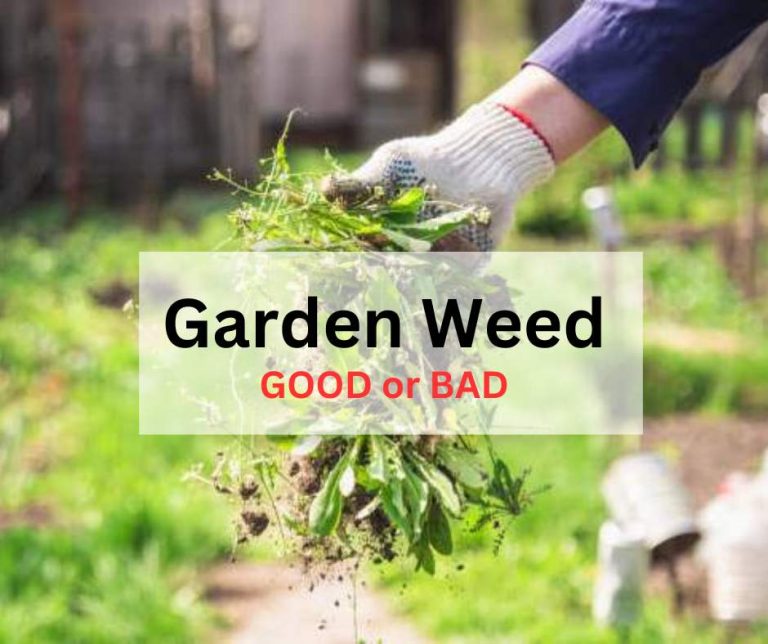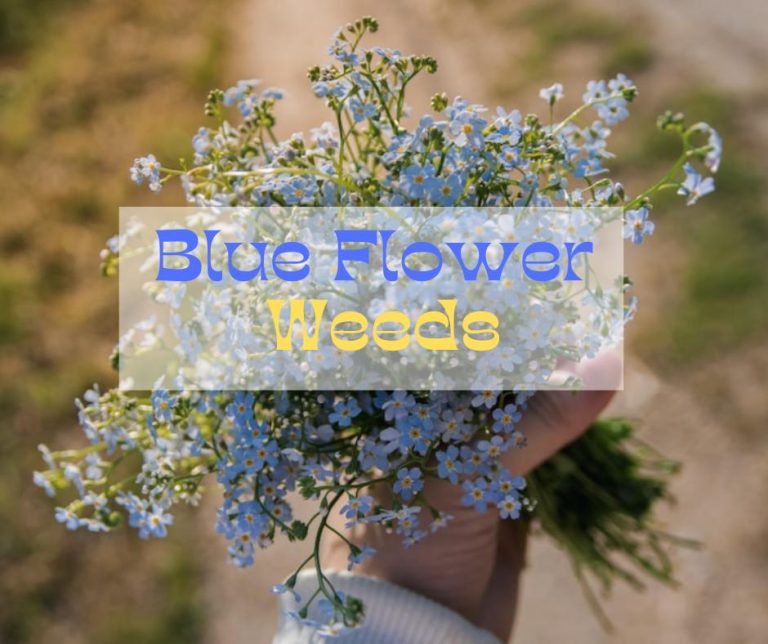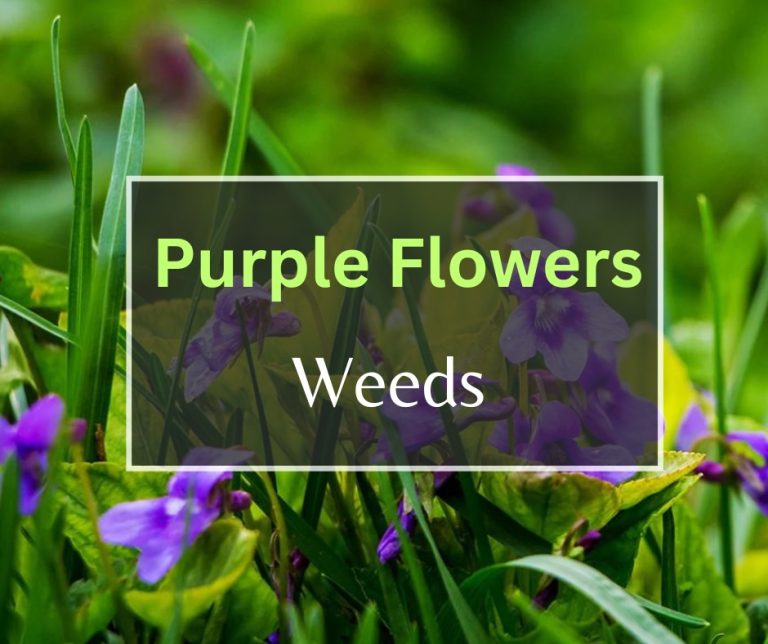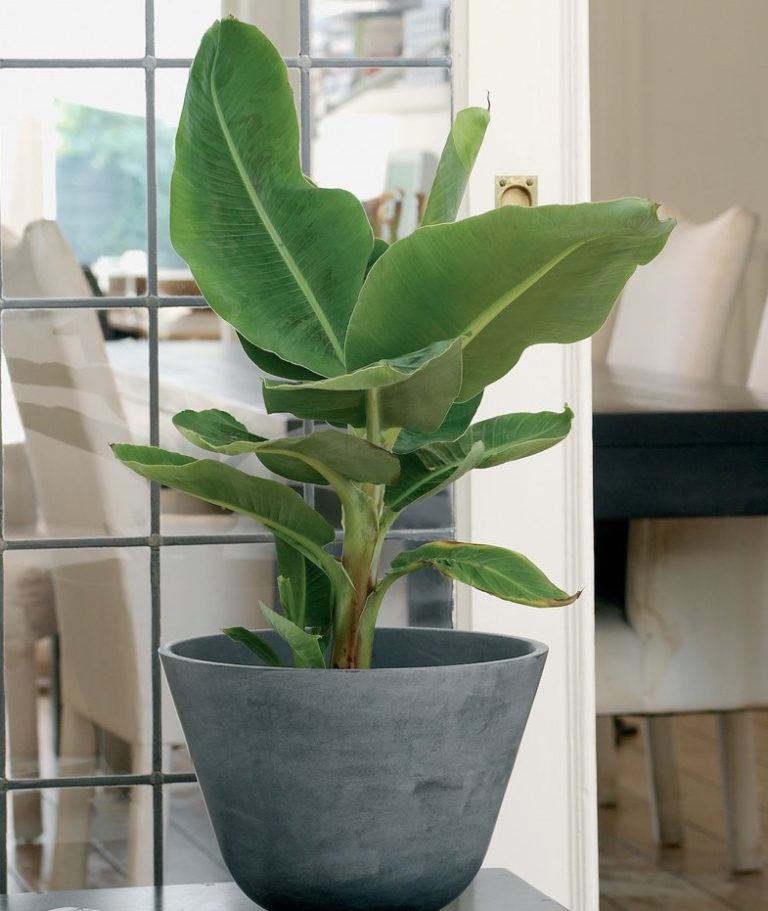Top 4 Very Common Garden Weeds With Purple Leaves
Do you have garden weed plants with purple leaves on your lawn? And you are searching for their identification with description indeed. So, this article can be very helpful to you. Though these weed plants are not so common in number. But they grow on the lawn, gardens, roadsides, wastelands, and turf with low maintenance.
They have stunning leaves and flower blooms to give them an attractive look. Some gardeners get them without planting and some want to have them by planting in the garden for the pretty attire. Their looks mostly attract the gardeners to grow as a plant. Some of the plants are noxious to other plants in the yard gardening. So you must take caution to plants and control them.
In this awaiting we give the identification and description as well as the pros and cons of the shrubs for your understanding. so keep with us through the writing and find out your searching needs.
Common Types of Garden Weeds with Purple Leaves
These common garden weeds are attractive as well and some of them are beneficial to the ecosystem. They can grow up without any care or maintenance. As we told you they are very few. We found 4 types of purple leaves garden weed plants and now describe them in the following.
Chocolate Joe Pye Weed
Description And Characteristics
The scientific name of it is ‘ Eupatorium Rugosum’. It is common as the name of white snakeroot. It loves shady weather but also possesses dry shade tolerance. It has bronzy- purple foliage leaves in spring and summer.
The leaves turn green in autumn. It blooms with creamy white flower clusters in late summer to fall. It has a height of 120cm and a width of 90cm. It is drought-tolerant and also deer-resistant. Sun exposure -sun, part sun. Need to thrive in well-drained, and moist soil. It needs a medium water requirement.
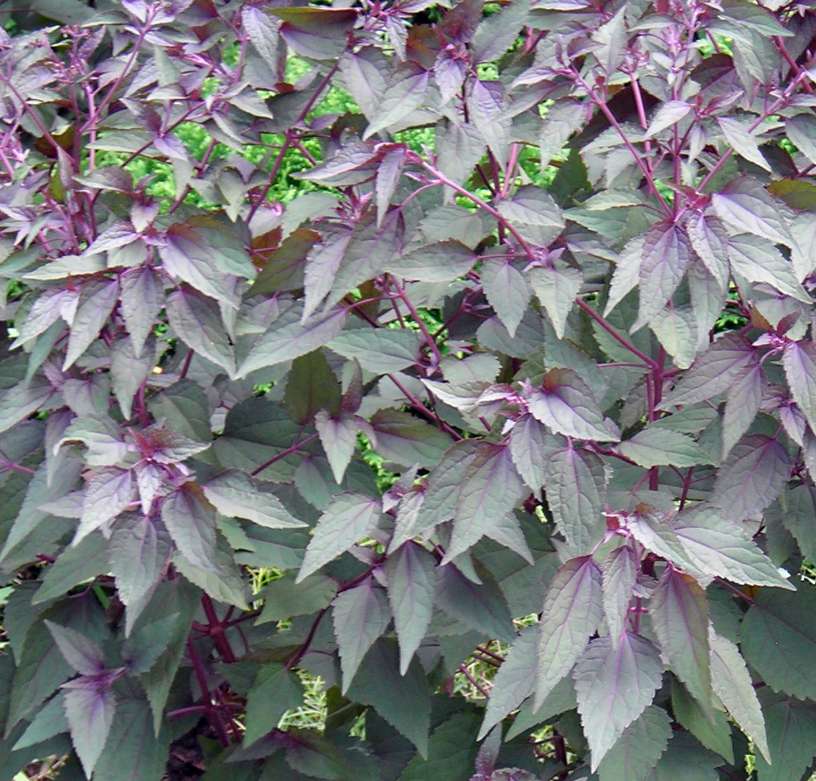
Habitat And Distribution
It is native to Eastern North America and very rich in rocky woods, thickets, and wood margins. It is also found just west of the Mississippi River. For being low-maintenance it is grown in a wide variety in the garden soil on shady borders. This species is also native to Canada and Quebec.
Impact On Garden
Garden weeds are grown in the place where they wish not to grow. This specific species has caused both benefits and problems in the garden. Such as:
Benefits:
- It attracts butterflies and bees.
- Native flowers are the sources of food for birds and insects
- It has medicinal value as used for fever treatment.
Problems:
- It is highly toxic to humans.
- It can be fatal if eaten.
- It is also a problem for horses.
- People get milk sickness by drinking the milk of cows feeding this species.
Control And Management Strategies
The species is spread by seeds and rhizomes. Preventing it from growing can be an easy task to dig it up before the fruit turns into seed. This is an effective way to control the growth. You can also abstract the whole plant with roots to restrain accretion.
Purple Dead Nettle
Description And Characteristics
The scientific name of this species is “Lamium purpureum”. It belongs to the family of ‘lamiaceae’. It is probably 5-20 cm tall. The leaves were green with fine hair on them and the young leaves purplish on the top of the stem became dull green at maturity. It prefers full sun to light shade. It needs moist soil to thrive.
The growth is developed in the cold weather in winter and spring. It has pinkish to purple blooming flowers on the apex of the plants. It has antiinflammatory subsistence.
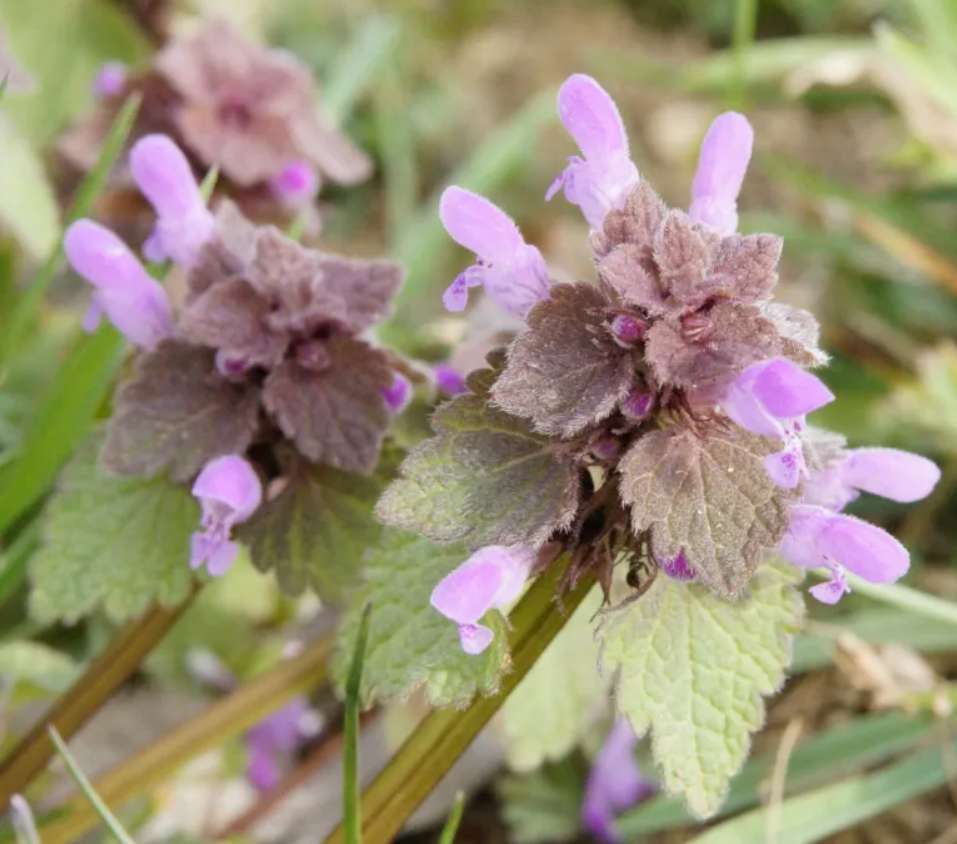
Habitat And Distribution
This species is native to Eurasia. It is also common in Eastern and Western America, Canada, the Irelands, and the British Isles. It also occurs in banks of drainage canals throughout Illinois. It can be found in moist soil fields, waste grounds, and weedy edges of woodlands.
Impact On Garden
Every plant whether toxic or nontoxic both have an impact on a garden. Sometimes the benefits are larger than the problems that occur. It also has both the impacts, such as:
Benefits:
- It has edible tops of the leaves as salads or vegetables.
- It contains herbal medication that can be used for itchy, irritated skin.
- It is a prominent source of pollen for the bees.
- It contains proper nectar foods for the bees.
- This is a natural dye for the wool and yarns.
Problems:
- Though it is completely safe, it causes some side effects such as stomach upset, diarrhea, hives or rash,
- Sometimes touching it can cause allergic reactions.
Control And Management Strategies
Most of them germinate during the fall season. Mowing can be an effective process for controlling the outgrowth of small areas. Tilling and cultivation also help to reduce the spreading of these plants. There are also available herbicides for the field weeds that are properly beneficial for the resist the accretion of the species.
Ground Ivy
Description And Characteristics
The scientific name of this species is “Glechoma hederacea”. It can be tall up to 5-50 cm. It is commonly known as ground ivy, creeping charlie, creeping jenny, tunhoof, field balm, and sometimes catsfoot. It is easily identified by its kidney or fan-shaped leaves green on the lower stem leaves and purple on the upper stem leaves. The flower is funnel-shaped with a blue or blueish-to-lavender color blooming.
The blooming occurs in the spring. It thrives in shady areas with moist soil. It also has full sun tolerance ability. It possesses a distinctive aroma that helps to attract bees or other beneficial insects and birds.

Habitat And Distribution
It mainly originated from Eurasia. It occurs throughout the United States. It is aggressively found in North America. It is easily rooted in moist areas such as floodplains, damp and heavy soil, low woods and disturbed sites, wastelands, and banks of drainage canals.
Impacts On Garden
It has a deep rooting system that is very invasive for garden growth. This plant causes some benefits and also brings problems for the garden or lawn area. such as:
Benefits:
- This is a very suitable source of pollen for the bees.
- This has medicinal value and is used for treating the inflammation of the eyes.
- The upper part is also edible as salad and vegetables.
- It possesses a minty odor.
- It contains bioactive volatile oils.
Problems:
- It is toxic to livestock, especially horses.
- It is hepatotoxic to humans.
- Difficult to eradicate for the rooting system.
Control And Management Strategies
The germination procedure occurred by creeping stems and shallow fibrous roots on the base. It also produces flowers from April to July and the pollinated flowers produce seeds that germinate with the contact of the moisture soil. It is very difficult to control by hand pulling for the extensive root system in the soil base. Cultivation can be done in this respect to eradicate the whole root. Using systematic herbicides in the lawn or field to control the massive growth.
Henbit Deadnettle
Description And Characteristics
Scientifically it is called “Lamium amplexicaule”. Commonly known as common henbit or greater henbit. It can be length 10-25 cm tall. The green leaves cover the stem as collar-design and the purplish leaves on the apex of the stem bring soothing beauty. It is a short species with lightly hairy stems. The flowers are relatively large and purplish-red in color.
They bloom in the spring. It is a cool season annual weed. It grows quickly and self-pollinating cause the corrolus is not open to pollinate. It thrives in partial to full shade and also tolerates sunlight. This species is sometimes tousled with purple dead nettle. They can be identified by the leaves.
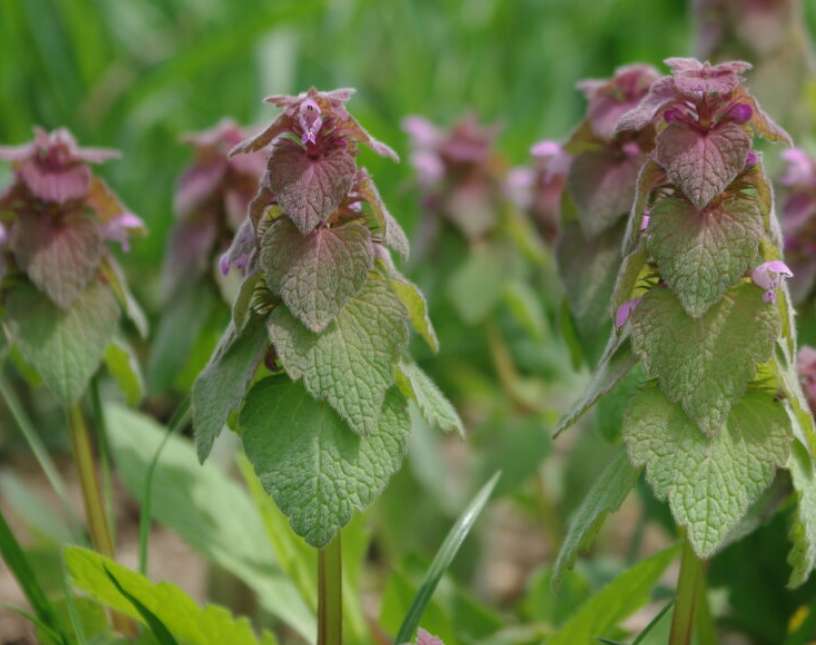
Habitat And Distribution
It is native to the Mediterranean region. it was originally introduced in Europe. Mostly found in Eastern North America and Oceania. It is spread in open fields, meadows, waste grounds, soil heaps, and gardens.
Impacts On Garden
This plant’s impacts on gardens are quite impressive. Though it has good impacts but also possesses bad sides. Such as:
Benefits:
- This is an edible weed that can be eaten raw or cooked.
- It provides nectar to pollinators.
- It provides fodder for the cattle or other animals.
- It is a source of pollen for honeybees.
Problems:
- It is poisonous to mammals.
- If consumed in large numbers then discomfort may arise in ingestion.
- It contains a neurotoxin that affects the sheep particularly.
Control And Management Strategies
It germinated in the middle of October. Between October to November, it is easy to eradicate as they are small at this time. It has a fibrous root system and you can prevent them by hand pulling the plant. There are also available some chemicals to eliminate the growth of this plant. Herbicides are a great way to prevent the control of the outgrowth. Applying Roundup to kill the existing plant which is formulated in this respect.
The Bottom Line
We tried to give you the proper identification of the purple leaves and garden weeds that can help you with the yard work. These statistics can produce your understanding of whether you should have them in your backyard garden or you should eradicate them from the other plants. we researched our best to find out more species but they are very few in common. So, collect your search particulars through this article to have a good garden.
FAQ’S
- Why do some weeds have purple leaves?
The purple color is caused by the presence of a substance called anthocyanin. This material is the core significance of the color. The more it accrued the color get more darker. This also protects the plants from excessive sunlight and attracts insects for pollination.
- Do garden weeds grow in full sunlight?
Sunlight requirements are not the same for every garden weed plant. Some need sun, some partial shade and some need shady areas to grow. Mostly they are best thrive in partly shaded areas. Some of them also have dry tolerance and sunlight tolerance abilities.
- Do the yard weeds plants need more care or maintenance?
The answer is in the negative. They are low-maintenance plants. They always grow in places where they are unwanted. So without care and proper maintenance, they grew up in mostly moist soil and shady areas.
- Can herbicides used to control the garden weeds?
Herbicides are formulated to kill garden weed plants. They are very effective in resisting the massive growth of the species and preventing germination.
- Are all the garden weed plants poisonous?
Though most of the weed plants are poisonous to humans and animals, some of the herbs are nontoxic too. Henbit and purple dead nettles are edible ones. On the other hand, chocolate joe pye weed is highly poisonous to humans.

I am the founder of FinalGardening. With over five years of hands-on experience in gardening. I have dedicated myself to sharing my expertise and insights with fellow gardening enthusiasts. I aim to empower you with the information and necessary resources to achieve gardening success.


